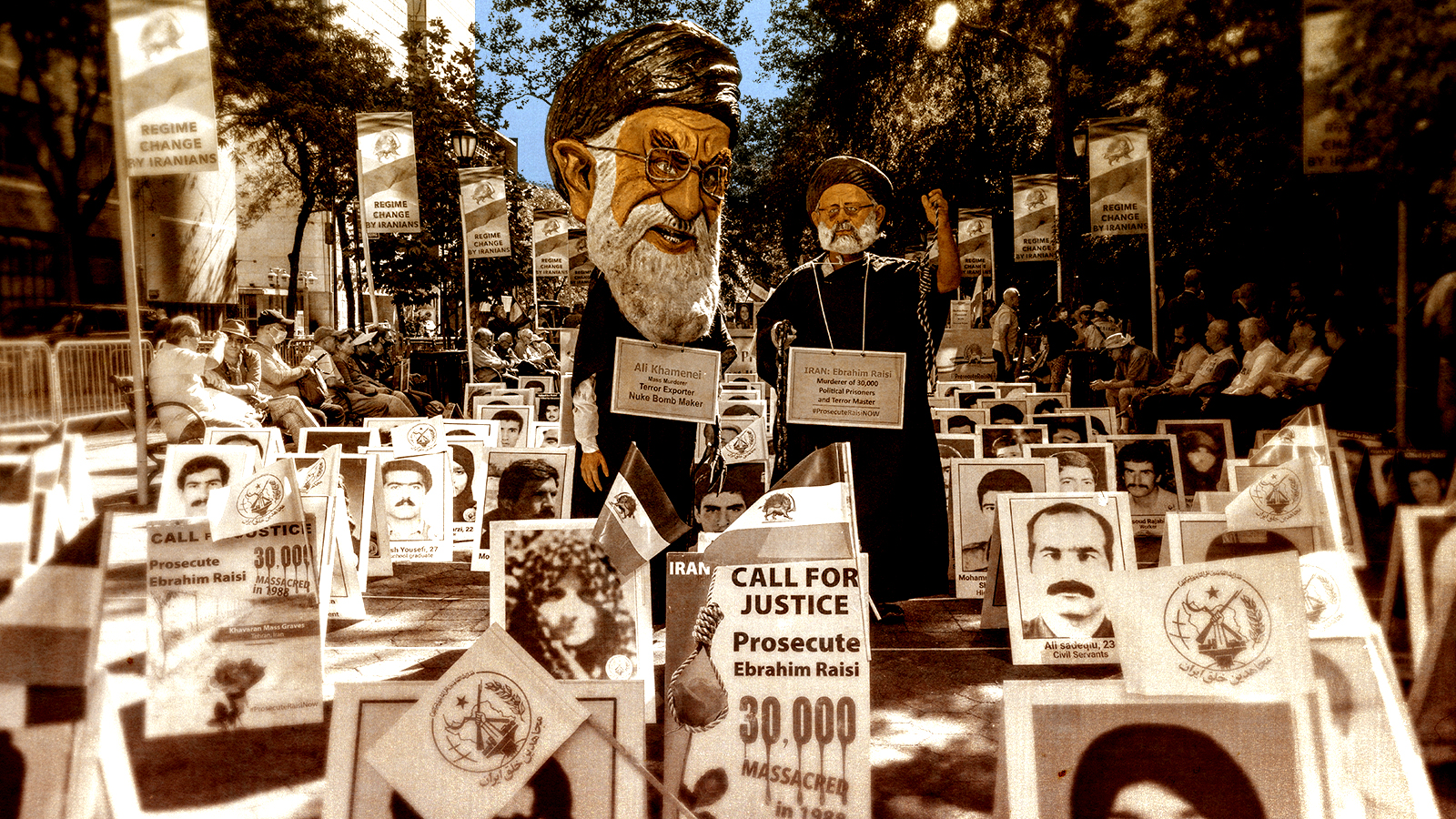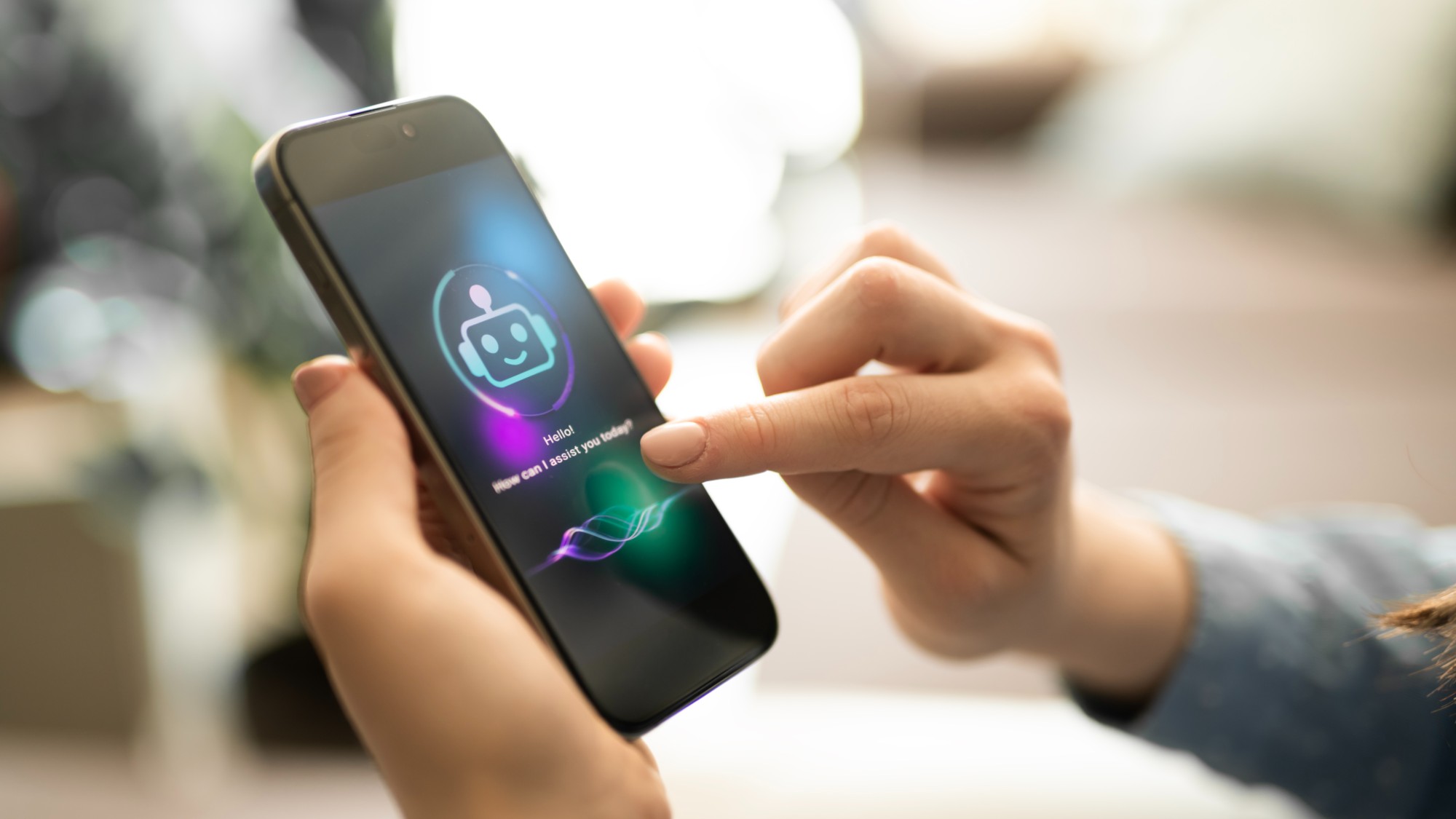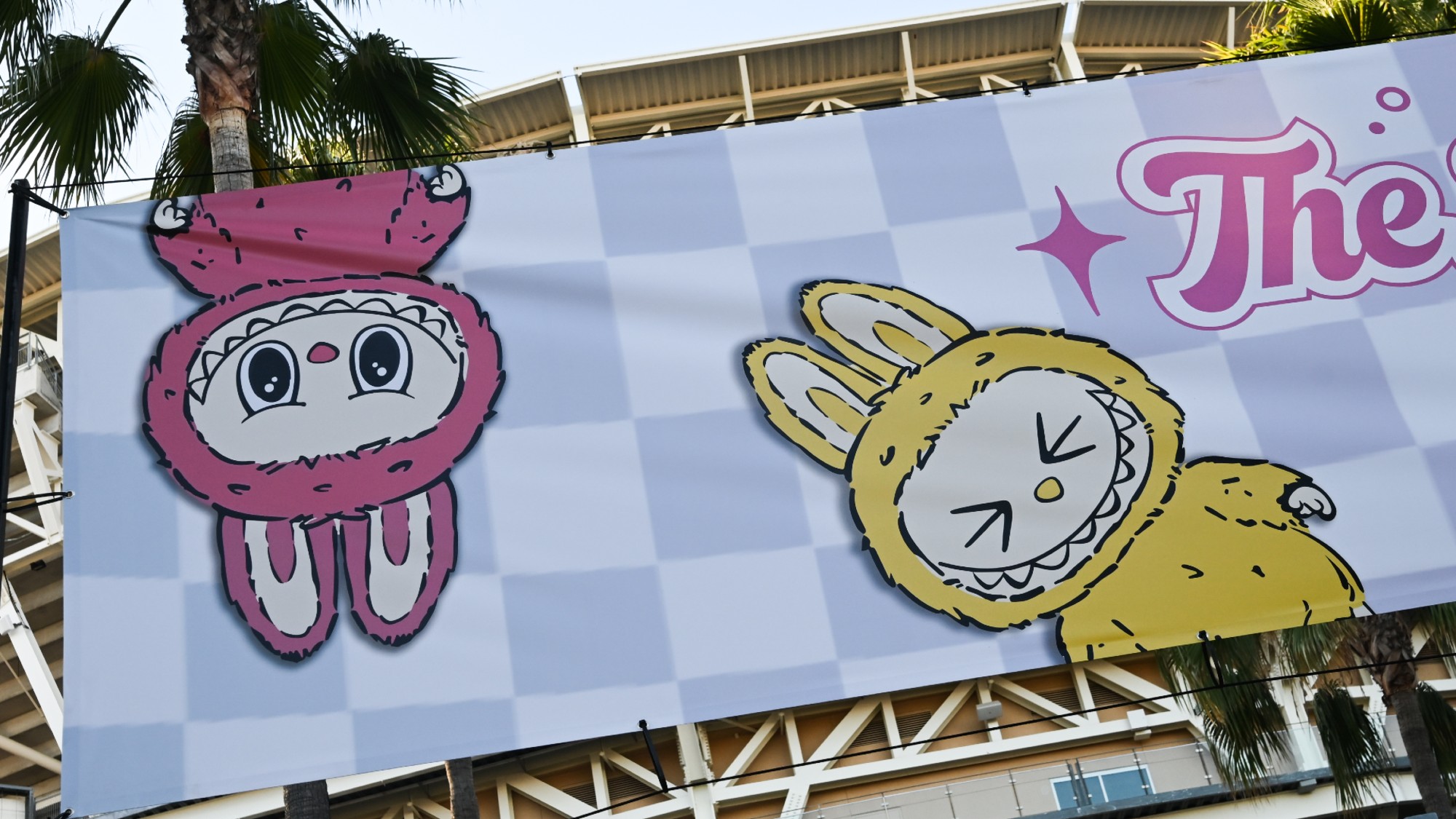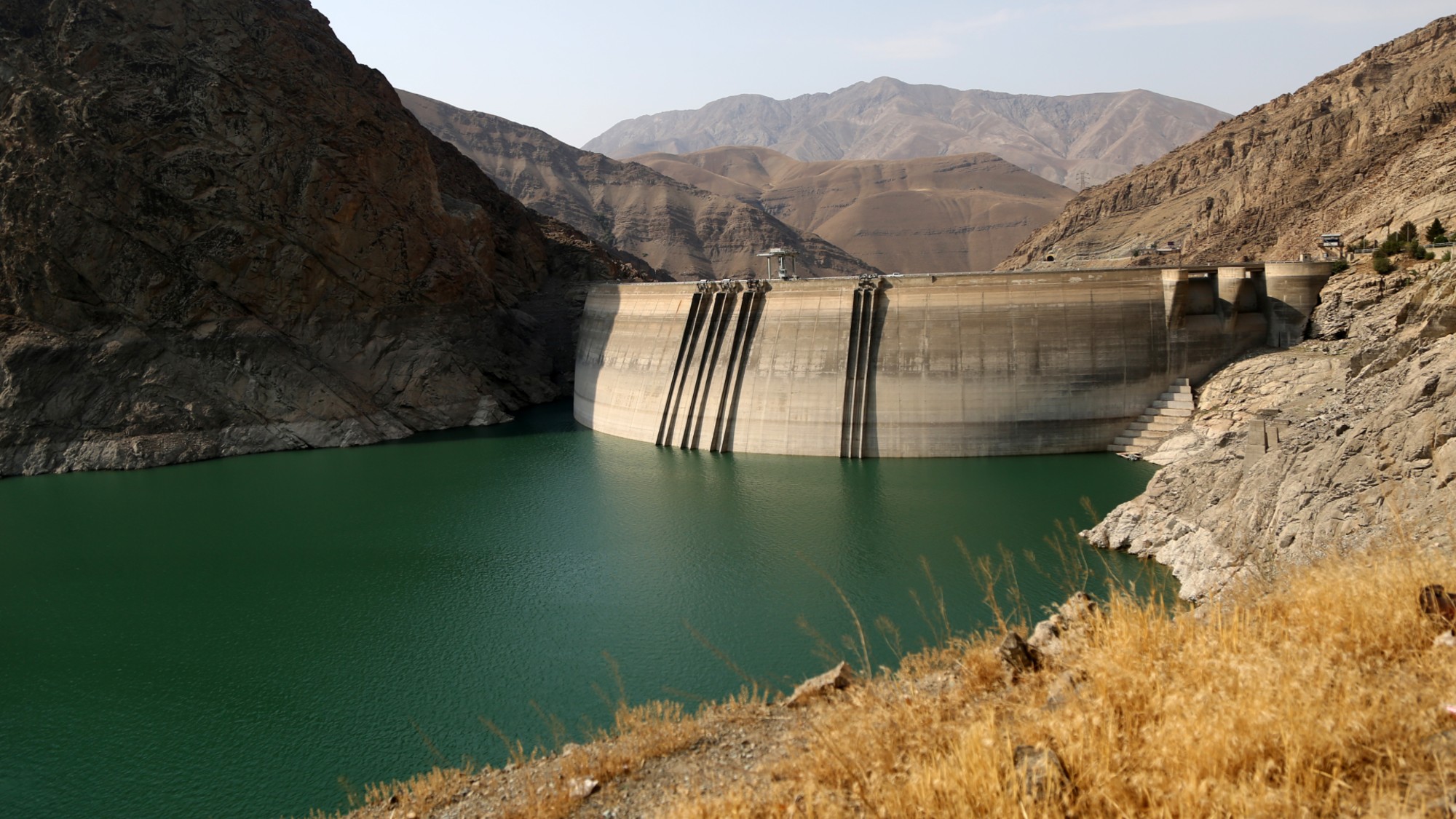What's going on with Iran's raging protests?
How the death of one young woman set off a firestorm of protests against Iran's repressive policies

In September, a young woman named Mahsa Amini died while detained by the Iranian morality police after being arrested for improperly wearing her head scarf, or hijab. Her death sparked major protests in the capital city of Tehran, as well as cities around the country, including Kerman, Mashhad, and Shiraz, driven by people sharing videos and photos of the incident, the subsequent protests, and the predictable crackdown by security forces as well as plainclothes heavies known as Basij. While the protesters have made significant strides in shining a light on the injustices within Iran, the nation's top officials have continued to come down hard on dissidence. Here's everything you need to know:
What are the protests about?
The suspicious death of Amini, 22, is the clear proximate cause of the protests. In classic authoritarian fashion, authorities tried to blame her demise on a heart attack, with state media releasing videos purporting to show her collapsing while in the custody of the morality police. But photos from the hospital show the young woman bleeding from her ear, and other officials have argued she died from severe head trauma. The immediate outbreak of protests, including women burning their hijabs and crowds chanting "death to the dictator" — an almost unimaginable provocation in authoritarian Iran — led the country's hardliner president, Ebrahim Raisi, to apologize directly to Amini's grieving family. "Your daughter and all Iranian girls are my own children, and my feeling about this incident is like losing one of my own dear ones," Raisi told the family, promising an investigation into the incident. His words placated no one.
The sequence of events is reminiscent of the 2010 killing of a young Egyptian man named Khaled Said, or the event that set off the Arab Spring in 2010 — the self-immolation of Mohamed Bouazizi in Tunisia after police prevented him from selling fruits and vegetables without a permit. Outrage and revulsion at a single arbitrary exercise of authoritarian violence quickly spiraled into a broader spasm of frustration with the regime itself. Bloated security sectors are known for routinely abusing the citizenry, who have few meaningful civil rights or civil liberties to use against the state. And Iran's repressive policies against women are a longstanding source of tension, particularly in major cities where people tend to be more liberal and less approving of the Islamic Republic's ideological foundations.
The Week
Escape your echo chamber. Get the facts behind the news, plus analysis from multiple perspectives.

Sign up for The Week's Free Newsletters
From our morning news briefing to a weekly Good News Newsletter, get the best of The Week delivered directly to your inbox.
From our morning news briefing to a weekly Good News Newsletter, get the best of The Week delivered directly to your inbox.
Unlike the mammoth protest movement that emerged in the wake of the disputed 2009 presidential election, the Green Movement, protesters are explicitly calling for an end to the regime. Just as Tunisians, Egyptians, Syrians, and others weary of oppression across the Arab world chanted, "The people demand the fall of the regime," Iranians are suddenly mounting a head-on challenge to the country's theocracy in the streets. The eyes of the world have now been turned to the protesters, the majority of whom are college-age women like Amini. The issue particularly made waves at the 2022 FIFA World Cup, where the Iranian national soccer team attempted a silent protest in solidarity with the protesters before reportedly being threatened by the government. The team's loss to the United States was reportedly even celebrated by many protesters across Iran, calling the defeat a morale blow to the authoritarian regime.
How resilient is Iranian authoritarianism?
Iran's dictatorship is now older than most people alive in the country, and after more than 43 years, it is clear that the regime will not be dislodged bloodlessly. Iran's system of government, which features an elected legislature and president (albeit with severe restrictions on who may run), successfully co-opts legions of potential dissidents into the system itself, all while preserving its darkly ingenious, circular structure of authority. However, all roads lead back to Supreme Leader Ayatollah Ali Khamenei and his hand-picked Guardian Council. Elected officials operate under the illusion of autonomy, which can be withdrawn at any moment when policy runs afoul of official regime dictate. Even the president, despite being Iran's official head of government, is mostly subservient to the Supreme Leader, who has the final authority on numerous government policies. Khamenei, in power since 1989, has praised his country's authoritarian nature, as well as the paramilitary groups working to quash the protesters.
Yet in recent years this structure has been insufficient to head off mass protests. Successful authoritarian rule relies on a mixture of threatened repression, prosperity, and stability. But despite strong economic growth this year, Iran's isolation from the global economy still has left young people in particular with diminished life prospects. The World Bank estimates that almost a third of the country's young people aren't working, in school, or in another form of employment training. That has led to waves of popular unrest that seem to be arriving more and more frequently. The regime has been forced to rely on blunt coercion, a tactic that alienates the population the more frequently it is deployed. After the 2009 protests, thousands of Green Movement leaders and activists were arrested, and dissident leaders were given show trials. Yet the government carefully calibrated the violence, as Borzou Daragahi writes, consequently "avoiding too much international attention and the all-out wrath of the public."
What's the bottom line?
A gambler would bet on the regime weathering these protests with a combination of repression and concessions. That's what has happened in every past street mobilization — the well-funded and gargantuan security forces restore order and protesters return to their homes with little to show for their efforts. But because the regime has clamped down on Internet access and social media sites, and because journalists cannot operate freely in Iran, it is difficult to know exactly how large the protests have gotten. Political scientists have found that in order for a street uprising to succeed, the dissidents must somehow splinter regime elites, convincing security forces not to unleash violence to maintain the status quo and forcing a negotiated transition process on reluctant rulers. There is no evidence yet that this is happening yet in Iran, where the country's elite Revolutionary Guard Corps wields extraordinary political and economic power.
A free daily email with the biggest news stories of the day – and the best features from TheWeek.com
One last problem for authorities in Tehran: Amini was from Iranian Kurdistan, where protests are fierce. At least 98 protesters have been killed in the region already. The country's Kurdish minority has long chafed at rule from Tehran, and this incident could be the trigger for a broader rebellion against the regime, one that has not just ideological features but ethnoreligious ones as well. And while Khamenei and his enforcers might be able to fight a one-front battle against defenseless protesters, adding in a breakaway region could complicate the government's efforts to suppress the uprising.
With all of these factors combined, there may be signs that the dissidence across Iran is beginning to slowly work. Reports have now emerged that the country has shut down its morality police, though this is something the Iranian government itself has denied. However, officials did say they would potentially be re-evaluating the country's hijab law, perhaps paving the way for the beginning of some changes in a nation that appears to be near a watershed moment.
Dec. 5, 2022: This article has been updated with additional information throughout.
David Faris is a professor of political science at Roosevelt University and the author of "It's Time to Fight Dirty: How Democrats Can Build a Lasting Majority in American Politics." He's a frequent contributor to Newsweek and Slate, and his work has appeared in The Washington Post, The New Republic and The Nation, among others.
-
 Into the Woods: a ‘hypnotic’ production
Into the Woods: a ‘hypnotic’ productionThe Week Recommends Jordan Fein’s revival of the much-loved Stephen Sondheim musical is ‘sharp, propulsive and often very funny’
-
 ‘Let 2026 be a year of reckoning’
‘Let 2026 be a year of reckoning’Instant Opinion Opinion, comment and editorials of the day
-
 Why is Iran facing its biggest protests in years?
Why is Iran facing its biggest protests in years?TODAY’S BIG QUESTION Iranians are taking to the streets as a growing movement of civic unrest threatens a fragile stability
-
 Bari Weiss’ ‘60 Minutes’ scandal is about more than one report
Bari Weiss’ ‘60 Minutes’ scandal is about more than one reportIN THE SPOTLIGHT By blocking an approved segment on a controversial prison holding US deportees in El Salvador, the editor-in-chief of CBS News has become the main story
-
 ‘The point here is not to be anti-tech but to rebalance a dynamic’
‘The point here is not to be anti-tech but to rebalance a dynamic’Instant Opinion Opinion, comment and editorials of the day
-
 Has Zohran Mamdani shown the Democrats how to win again?
Has Zohran Mamdani shown the Democrats how to win again?Today’s Big Question New York City mayoral election touted as victory for left-wing populists but moderate centrist wins elsewhere present more complex path for Democratic Party
-
 Millions turn out for anti-Trump ‘No Kings’ rallies
Millions turn out for anti-Trump ‘No Kings’ ralliesSpeed Read An estimated 7 million people participated, 2 million more than at the first ‘No Kings’ protest in June
-
 How Benjamin Netanyahu shaped Israel in his own image
How Benjamin Netanyahu shaped Israel in his own imageThe Explainer He has seldom been personally popular, but ‘King Bibi’ is an exceptionally shrewd operator
-
 'A symbol of the faceless corporate desire'
'A symbol of the faceless corporate desire'Instant Opinion Opinion, comment and editorials of the day
-
 'Enforcement of rulings remains spotty at best'
'Enforcement of rulings remains spotty at best'Instant Opinion Opinion, comment and editorials of the day
-
 Could Iran's water crisis be the regime's tipping point?
Could Iran's water crisis be the regime's tipping point?Today's Big Question Drought is a problem. So is government mismanagement.


